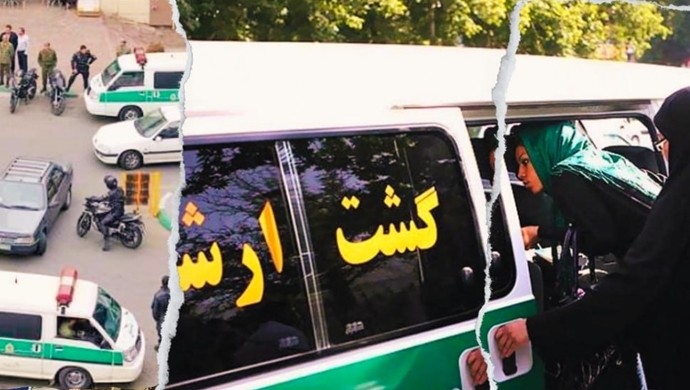

This campaign, aimed at the strict enforcement of the Islamic dress code for women, has highlighted the deep-seated divisions within the regime and the broader society’s pushback against oppressive practices.
Women in Iran, already a heavily marginalized group, have become the face of resistance, participating actively in uprisings and challenging the regime’s authority at great personal risk.
On April 26, Ahmad Khatami, a senior member of the Guardian Council, during a televised segment of Friday prayers in Tehran, called for unity within the regime’s ranks, cautioning against creating “bipolarity” in handling the hijab issue. He stressed the need for a rational discourse over enforcement tactics, which he argued, have only served to deepen societal divides.
This plea for unity reveals the underlying fractures within the regime itself, as different factions disagree on the approach to enforcing these laws. The public debate and the regime’s inability to present a united front are indicative of a broader crisis of legitimacy, as the government struggles to maintain control over an increasingly defiant population.
Further complicating matters, on April 27, Ahmad Alamolhoda, another influential cleric and Friday Prayer leader in Mashhad, criticized the passive role of men in the cultural preservation efforts and emphasized the role of women in shaping society’s future.

His remarks, as reported by the state-run Setareh Sobh newspaper, underscored the regime’s isolation in its pursuit to enforce the Noor plan. The state media’s narrative often portrays dissent as foreign interference, accusing external forces of attempting to destabilize Iran by corrupting the youth.
However, the internal discourse, as evidenced by recent publications and public statements by regime officials, paints a picture of a government at odds with itself and its people. The societal backlash has been further amplified by the historical context of protests in December 2017, October 2019, and Autumn 2022, which have shown that harsh measures often lead to greater social unrest.

As the Iranian regime continues to implement its oppressive policies, the societal response remains robust, driven by a population weary of restrictions and eager for change. The ongoing struggles within the regime and among the people signal a critical juncture for Iran, as it grapples with internal divisions and widespread dissatisfaction.

MEK Iran (follow us on Twitter and Facebook), Maryam Rajavi’s on her site, Twitter & Facebook, NCRI (Twitter & Facebook), and People’s Mojahedin Organization of Iran – MEK IRAN – YouTu







